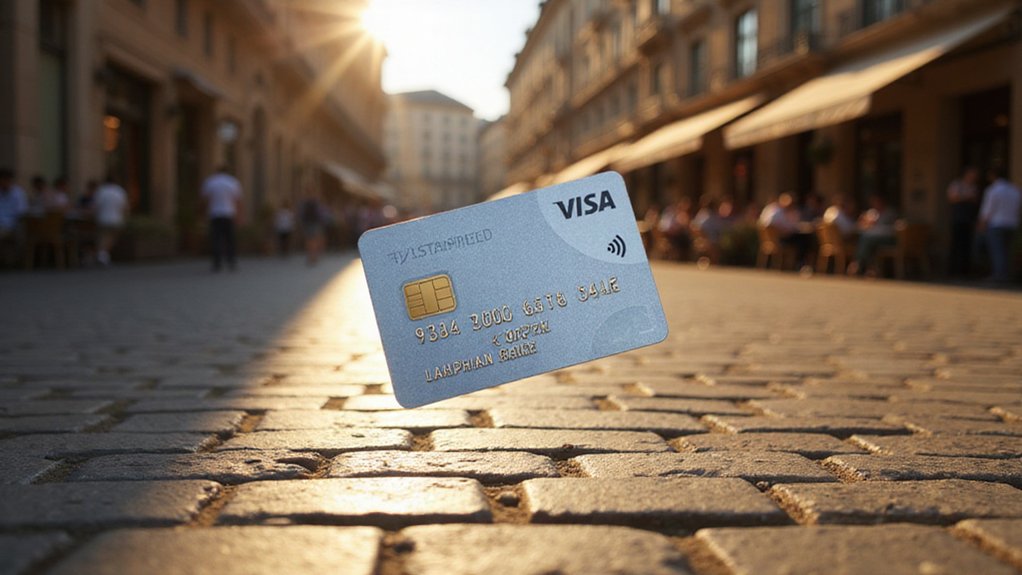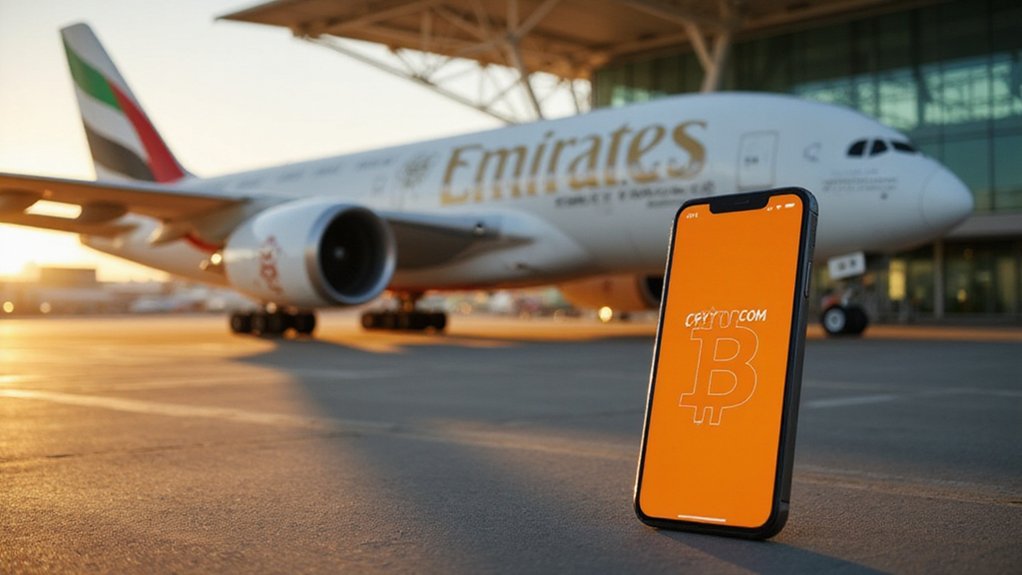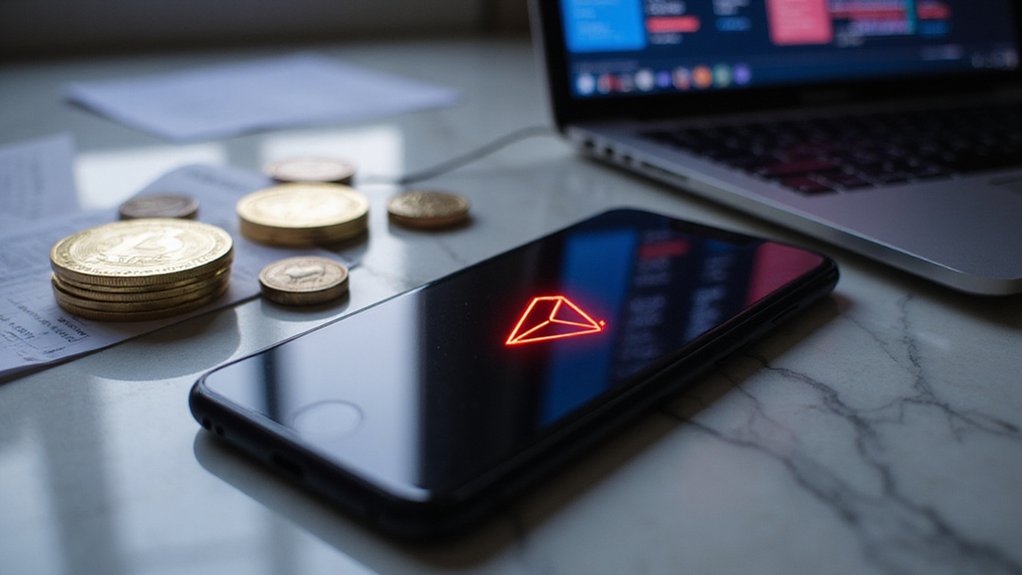While traditional banks have spent decades perfecting the art of extracting fees from increasingly smaller transactions, crypto cards have quietly emerged as the unlikely champion of European micro-spending, posting a remarkable 15% surge in new orders throughout 2025. This digital insurgency has fundamentally altered the economics of small purchases, with 45% of crypto card transactions falling under €10—a segment banks traditionally viewed as barely worth processing.
The numbers reveal a fascinating behavioral shift. Crypto card users maintain average transaction values of €23.7, particularly smaller than traditional cards’ €33.6, yet demonstrate an almost compulsive preference for online payments (40% versus banks’ pedestrian 21%). This digital-first approach suggests users aren’t merely substituting payment methods—they’re embracing an entirely different spending philosophy.
Stablecoins dominate this revolution, accounting for 73% of transactions, which makes perfect sense for anyone who’s attempted to buy coffee with volatile assets. The choice reflects pragmatic wisdom: why subject your morning espresso to Bitcoin’s notorious mood swings when stablecoins offer cryptocurrency’s benefits without the cardiac episodes?
Why endure Bitcoin’s volatile theatrics when buying coffee if stablecoins deliver crypto’s advantages without the financial drama?
Spending patterns mirror traditional habits with intriguing deviations. Groceries command 59% of crypto card purchases (compared to traditional cards’ 54%), while dining and bar expenses claim 19%—suggesting crypto enthusiasts either eat out more frequently or simply prefer celebrating their financial innovation over drinks.
The infrastructure advantages prove compelling beyond mere novelty. Near-instant transactions with minimal fees address a persistent banking inefficiency: why should a €5 purchase require the same cumbersome processing as a €500 one? Crypto cards leverage blockchain security while supporting both online and offline payments, creating a flexibility traditional banks struggle to match.
This shift represents more than technological preference—it signals broader financial ecosystem evolution toward digitization and asset tokenization. Banks now face genuine competition in the sub-€50 micro-spending segment, forcing long-overdue innovation in digital payment solutions.
The implications extend beyond convenience. As crypto cards demonstrate superior performance in precisely the transaction types that comprise daily financial life, traditional banking’s stranglehold on routine payments appears increasingly antiquated. Solutions like secure wallet creation enable users to maintain full control over their digital assets while accessing decentralized services seamlessly.
European consumers have fundamentally voted with their wallets, choosing efficiency over institutional inertia.









